University of Missouri-Kansas City, School of Dentistry
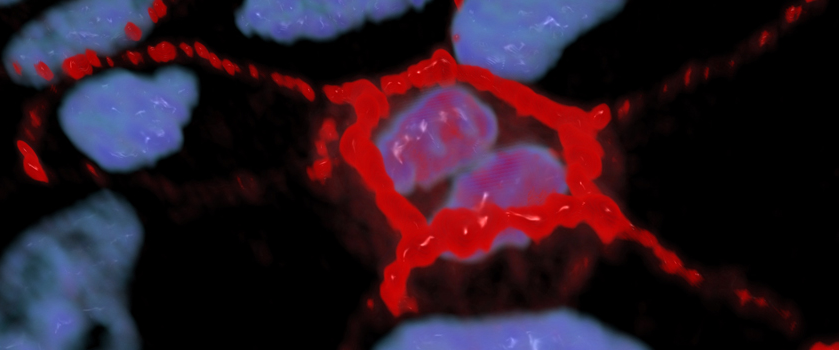
Department of Oral and Craniofacial Sciences
Cox Lab:
Craniofacial Development & Dysmorphology
Research in the Cox lab is aimed at understanding the genetic and epigenetic contributions that govern normal facial development and determine an individual’s susceptibility to common craniofacial malformations, such as cleft lip/palate and craniofacial microsomia.Welcome to the Cox Lab
The Cox Lab studies how the face and skull form during development, and why these processes sometimes go wrong. Our research focuses on conditions such as cleft lip and palate and craniofacial microsomia, both common yet complex birth differences that affect many children and families worldwide.
We combine cutting-edge approaches: a full range of genomic and bioinformatic tools to uncover the genetic and regulatory factors underlying craniofacial development, experimental models to test biological mechanisms, developmental, molecular, and cell biology techniques to dissect how tissues and pathways interact, and advanced 3D imaging technologies (microCT, OPT, HREM) to visualize development in unprecedented detail.
We are a collaborative group of scientists, students, and trainees united by curiosity and a commitment to discovery. Our goal is to generate insights that not only advance basic science but also lay the groundwork for improved diagnosis, prevention, and treatment of craniofacial conditions.
Whether you are a student considering research, a scientist seeking collaboration, or simply curious about how genetics shapes development, we invite you to explore our site, meet our team, and learn more about our work.
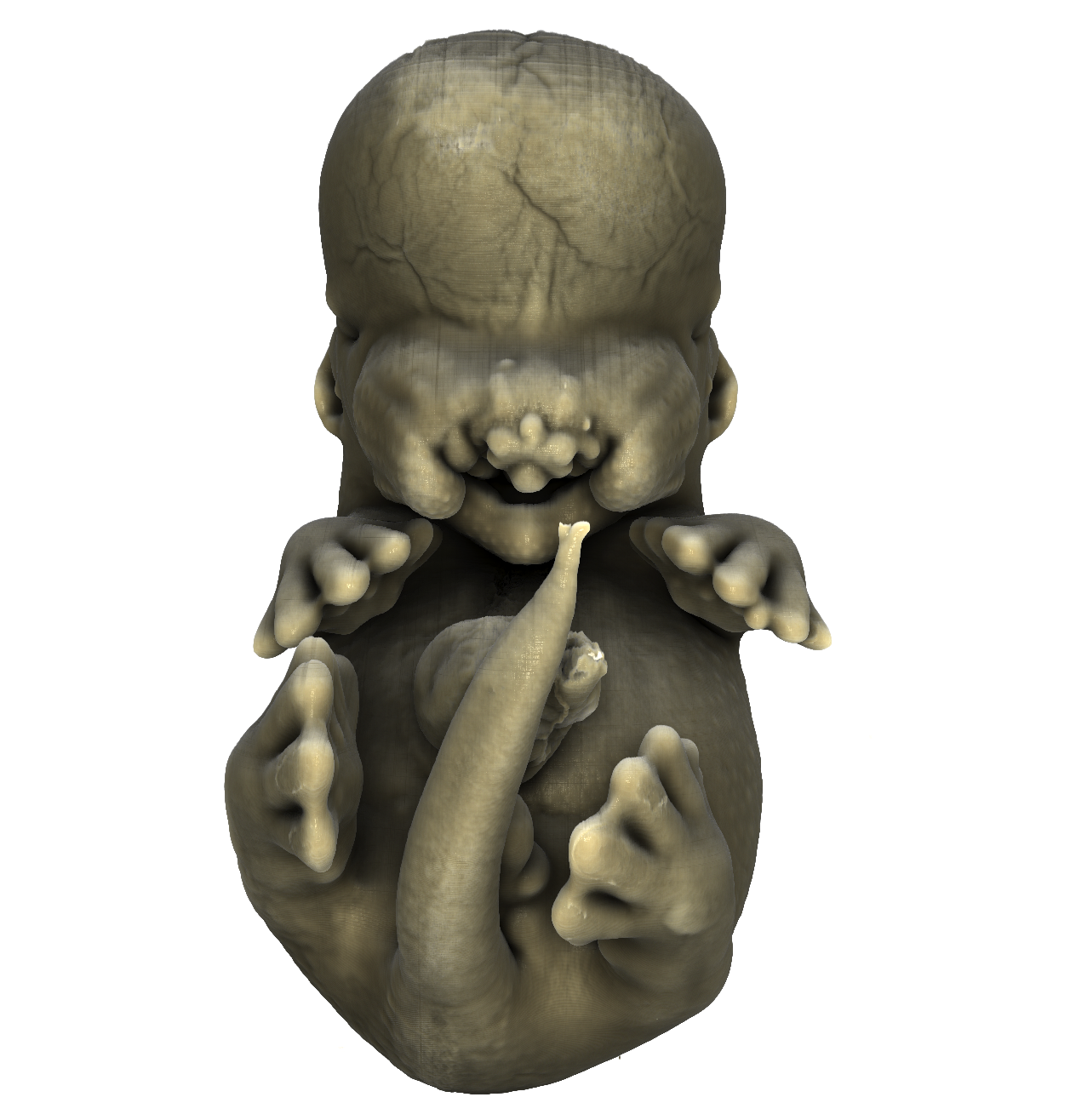
At a glance
Research Snapshots
The role of cleft lip/palate genes in the regulation of orofacial ectoderm adhesion dynamics
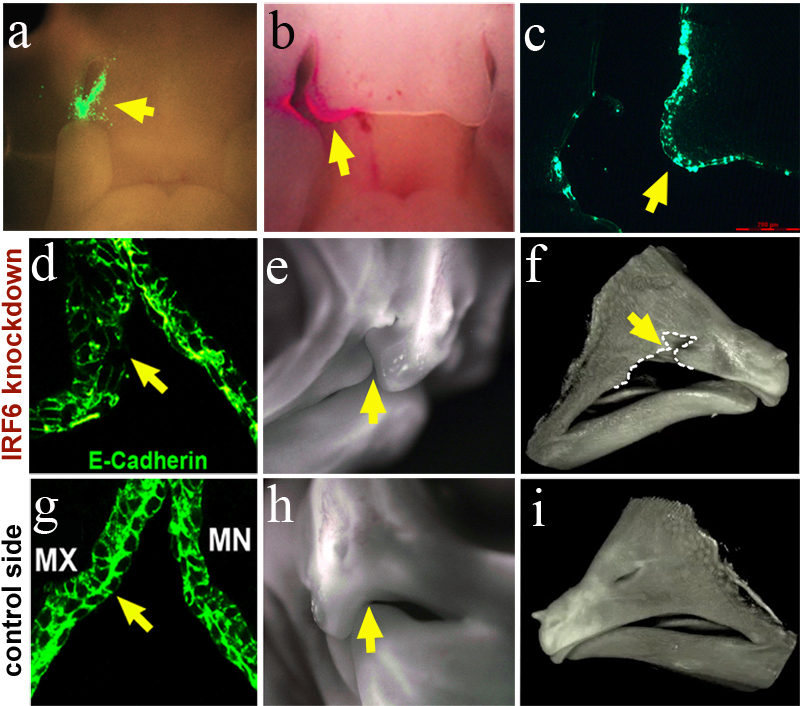
Cleft lip/palate (CL/P) is one of the most common human birth defects. Despite many genes having been identified to cause CL/P, the precise roles of these genes in craniofacial development and the contribution of not-genetic factors remain largely unknown. The Cox Lab pursues the function of multiple prominent cleft lip/palate genes in the facial ectoderm. More specifically, we are dissecting the role(s) of these genes and their protein products in regulating the endocytosis and recycling of adherens and tight junction complexes.
Explore Our Cleft Lip/Palate Research Further
Molecular mechanisms underlying Craniofacial Microsomia
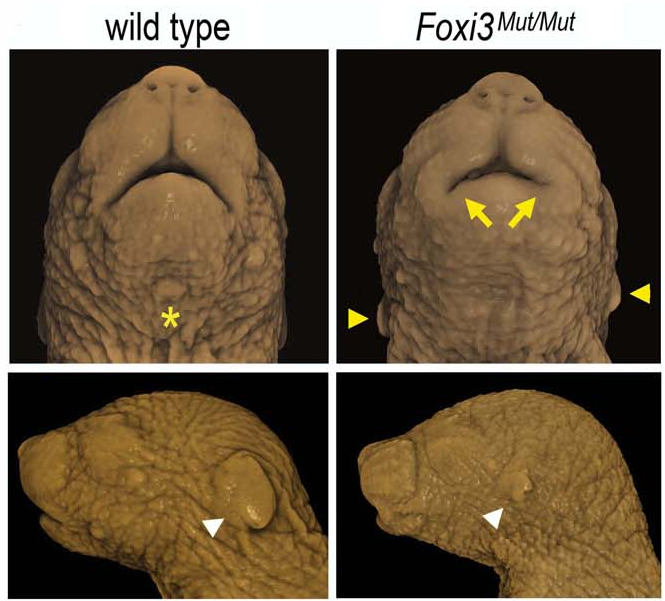
Craniofacial microsomia (CFM) is characterized by often marked craniofacial asymmetry that can involve the maxillae, the mandible and external ear, among other tissues. Various hypotheses have been put forth to explain this sporadic and variable condition that include both genetic and environmental insults. Our work in this area capitalizes on whole genome sequencing technologies in patient cohorts and detailed investigation of the pathogenetic mechanisms in unique animal models of CFM.
Explore Our Craniofacial Microsomia Research Further
Regulation of the cranial base synchondroses and their role in midfacial projection
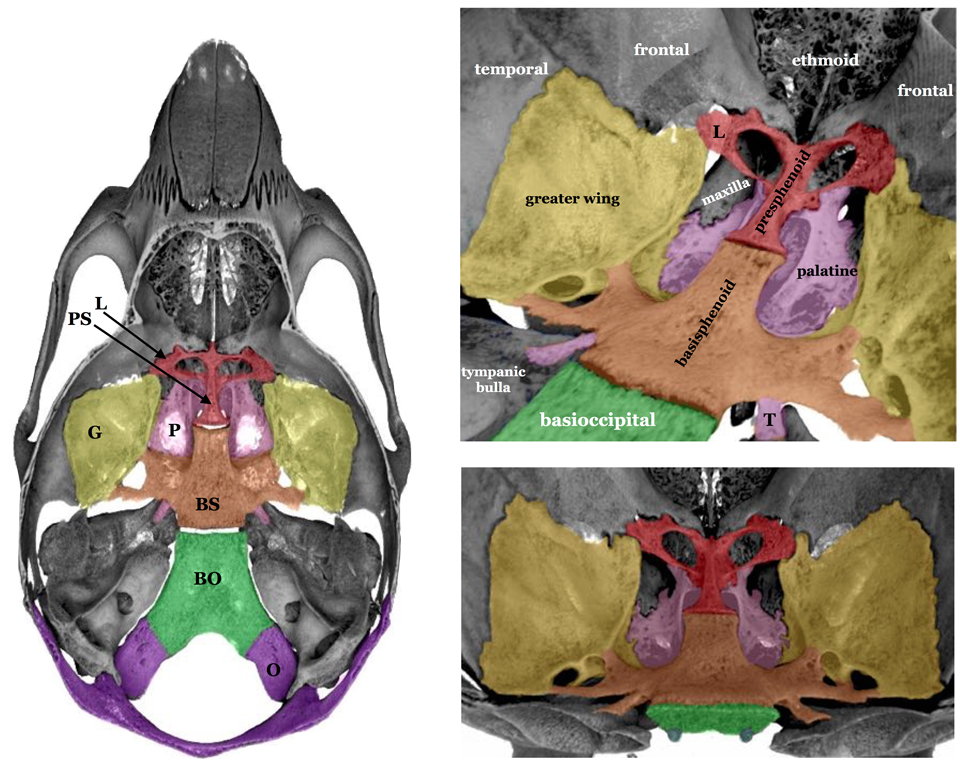
The cranial base has long been thought to play a major role in craniofacial growth and anterior facial projection. The bones of the cranial base develop through endochondral ossification and are separated by cartilaginous synchondroses. Our work aims to characterize the developmental growth of cranial base and how this is perturbed in many mouse models of midfacial hypoplasia.
Our Team On The Forefront Of Research
Members of the Cox lab have various research backgrounds, including embryology, developmental biology, molecular and cellular biology, tomographic imaging, and genomics.
